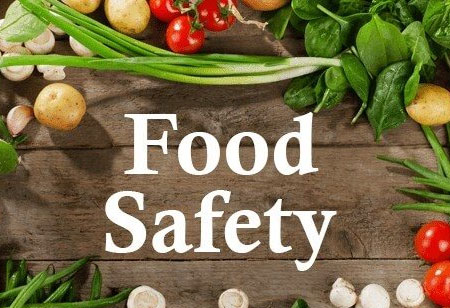THANK YOU FOR SUBSCRIBING
Be first to read the latest tech news, Industry Leader's Insights, and CIO interviews of medium and large enterprises exclusively from Food and Beverage Tech Review
How Does Standardization Legitimize The Food Enterprises?
Food standards have been pivotal in product research and development, corporate expansion, and other primary factors involved in the food supply chain.

By
Food and Beverages Tech Review | Wednesday, August 26, 2020
Stay ahead of the industry with exclusive feature stories on the top companies, expert insights and the latest news delivered straight to your inbox. Subscribe today.
When the growth in the food industry was uncontrollable, the establishment of standards was crucial. These standards lay the foundation of millions of restaurant or startups to build on. Standardization has now given a new avenue for the restaurants setting them a class apart.
FREMONT, CA: The era of food delivery has encouraged convenience to the customers and has fuelled the germination of food delivery businesses across the world. The Asia-pacific region accounts for more than half the total value of the food delivery enterprises.
With global centralization, recipes, and food products from around the globe are in high-demand. The Europe-based firm, Statista reported a rise of 27.9 percent in the food delivery market as different cuisines takeover the menus in several restaurants.
The evolving concepts of food from traditional food recipes to ready-to-eat meals, food vending machines, and different recipes from all over the world have given the customer a choice over habits and convenience over health. The unhealthy food gap is also covered up by trending restaurants serving vegan and keto diets as well.
The rise in traditional eateries was a result of less space occupancy and necessity of zero-to-negligible workforce, offered by food vending machines. The paradigm shift in the eating habits has presented a leaping industry and to control the quality of the food consumed, standards were necessary.
The guidelines which are regulating food safety and hygiene practices in the new-emerging food industry surfaced to the line of supply as technical references formed. The technical reference covered areas like design, structure, cleanliness, maintenance, food hygiene, and transportation protocols.
Standards Taking Over Markets:
The standards have established brand presence and credibility by pushing ahead ideals for laying a strong foundation of innovation, new product development, adoption of technologies to help market access.
With internationally recognized certifications from compliance to standards, the product quality will be the key selling point of the company to aid the entry into varied geographies.
The True Value of Standardization:
Food standards have been pivotal in product research and development, corporate expansion, and other primary factors involved in the food supply chain. Associations and Food federations are guiding enterprises, innovators, and startups to extract insights from the definitive standards to fuel the essence of the company in the emerging market opportunities around the globe.
The additional focus on innovative ideas in marketing and prioritizing quality manufacturing has the spotlights turning toward standardization. By enabling growth, driving productivity, supporting both social and safety needs, and improving the efficiency of resource management compliance to standards has proved its worth in the industry.
I agree We use cookies on this website to enhance your user experience. By clicking any link on this page you are giving your consent for us to set cookies. More info







